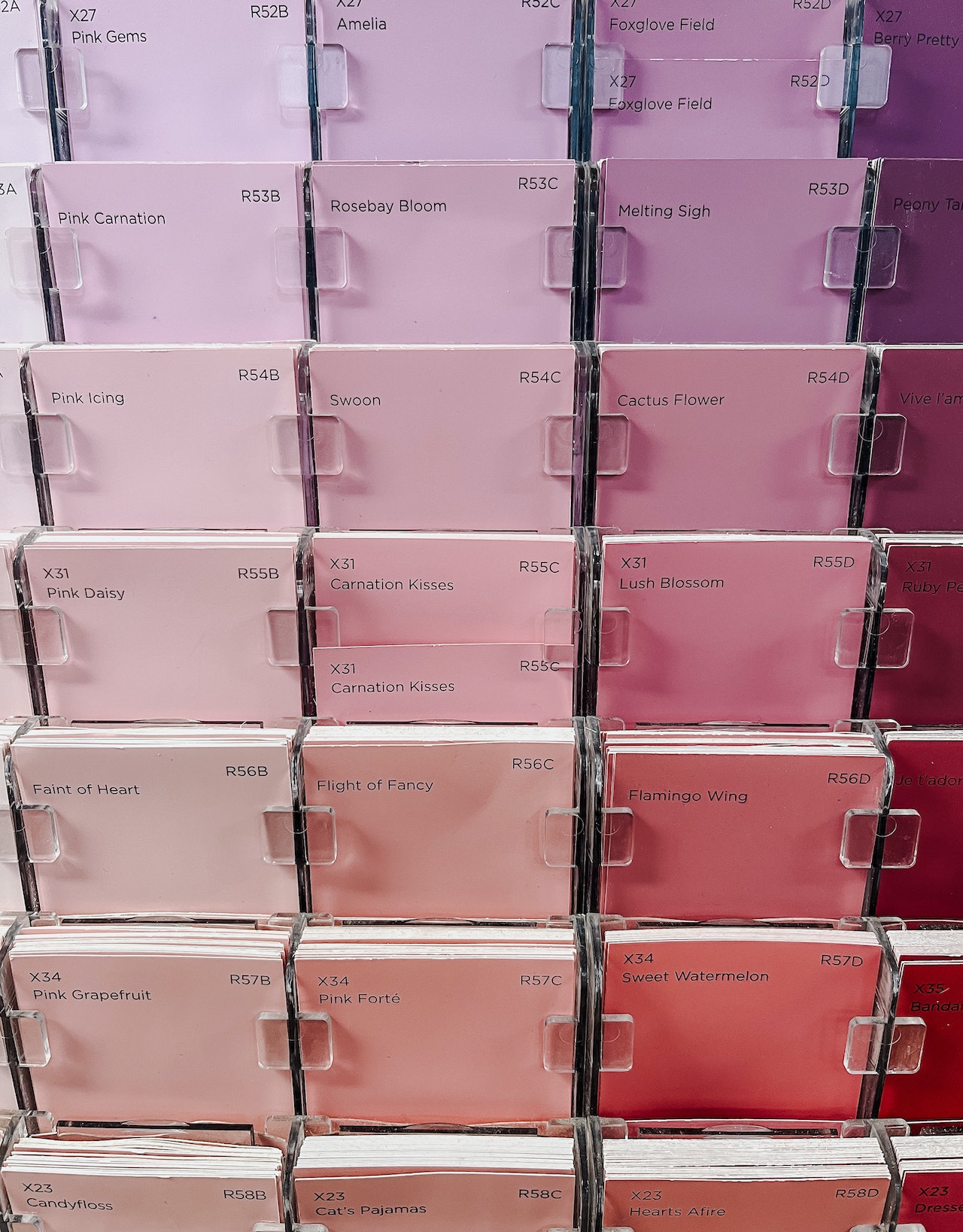Choosing The Right Time For Exterior Paint: What To Know Before Rain
When it comes to home improvement, the details matter, especially when it concerns the application of exterior paint. Timing is crucial, particularly as weather conditions, like impending rain, can significantly impact the longevity and finish of your paint job. You might wonder why the timing of your exterior paint application is so critical. The truth is that moisture, in the form of rain, can spoil a fresh coat of paint, leading to issues such as peeling, bubbling, and uneven surfaces. Knowledge about the right conditions for painting can save you time, money, and effort in the long run.
Many homeowners underestimate the preparation necessary for a successful exterior paint job. Factors such as humidity, temperature, and, of course, rain should heavily influence your decision on when to paint. The exterior paint before rain is not just a saying; it’s a guideline that can help you achieve the best results. So, if you’re planning to refresh your home’s exterior, understanding the weather patterns and the right application techniques will ensure that your hard work pays off.
In this article, we’ll explore the various aspects of painting your home’s exterior and the precautions you should take when rain is on the horizon. From the ideal weather conditions for painting to tips for ensuring a successful job, we’ll cover everything you need to know to make informed decisions. Understanding the dynamics of exterior paint before rain will empower you to take control of your home’s aesthetic and protection.
Read also:Exploring The Captivating Traits Of Ravenclaw Unveiling The Wisdom And Wit
What Are the Ideal Conditions for Exterior Painting?
Before diving into the details of exterior painting, it’s essential to understand the best conditions for your project. Here are some ideal conditions to consider:
- Temperature: Aim for temperatures between 50°F to 85°F (10°C to 29°C).
- Humidity: Low humidity levels (between 40% and 70%) are preferable.
- Wind: A light breeze can help with drying but strong winds can carry dust and debris.
Why is Timing Important When Painting Exteriors?
Timing is everything when it comes to exterior painting. Factors such as temperature, humidity, and, significantly, the forecast for rain can drastically change the effectiveness of your paint job. If you’re painting and the rain starts to pour, it can lead to disastrous results. This is why understanding the weather is just as important as selecting the right paint.
How Does Rain Affect Newly Applied Paint?
Rain can wreak havoc on a freshly painted surface. Here are some potential issues caused by rain after painting:
- Peeling: Rain can wash away paint that hasn’t properly adhered to the surface.
- Bubbling: Water can cause bubbles to form under the paint layer, ruining the finish.
- Uneven texture: Rain can create a patchy appearance if it hits the wet paint.
How Can I Prepare for Exterior Paint Before Rain?
Preparation is key when planning your exterior paint job. Here are some steps to ensure you are well-prepared:
- Check the weather forecast for at least 48 hours.
- Choose a dry season or month for optimal painting conditions.
- Perform a test patch to see how quickly the paint dries in your local climate.
What Type of Paint is Best for Exterior Surfaces?
Choosing the right paint is crucial for a successful exterior job. Here are some types that work well:
- Acrylic Latex: Known for its durability and quick drying time.
- Oil-based Paint: Offers a smooth finish but takes longer to dry.
- Weather-resistant Paint: Specifically formulated to withstand harsh weather conditions.
Can I Paint If There’s a Chance of Rain?
While it might be tempting to start painting even if there’s a slight chance of rain, it’s generally not advisable. If the forecast indicates rain within 24 hours, it’s better to postpone the project. Instead, wait for a dry window to ensure the paint adheres properly and can cure without interference.
Read also:Unveiling The Mysteries Of Cnc A Comprehensive Guide To Understanding Computer Numerical Control
What Should I Do if It Rains After I’ve Painted?
If you find yourself caught in the rain after applying exterior paint, here’s what you should do:
- Assess the damage: Check for any visible bubbling or peeling.
- Wait for the paint to dry: If it’s just a light drizzle, the paint may still adhere well.
- Consider a touch-up: If there’s significant damage, you may need to repaint the affected areas.
How Do I Maintain My Exterior Paint After Application?
Once your exterior paint is applied and has dried properly, maintenance is key to ensuring its longevity. Here’s how to keep it looking fresh:
- Regularly clean the surfaces to remove dirt and grime.
- Inspect for any signs of wear and tear, such as peeling or fading.
- Repaint areas as needed, particularly after harsh weather conditions.
Conclusion: Why Timing and Preparation Matter for Exterior Paint Before Rain
In summary, understanding the relationship between exterior paint and rain is crucial for any homeowner looking to enhance their property. By carefully considering the weather conditions, preparing adequately, and using the right products, you can achieve a beautiful and long-lasting finish on your home’s exterior. Remember, the time and effort you invest in planning your exterior paint job will pay off, ensuring your home remains stunning and protected against the elements.
Article Recommendations


